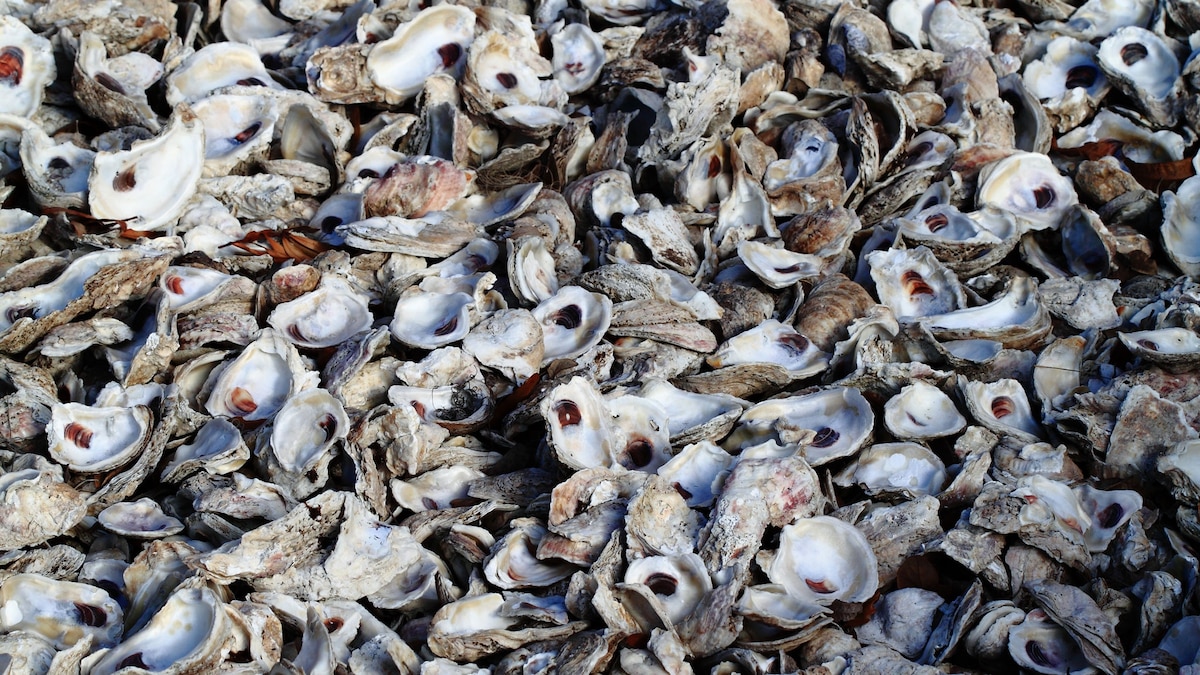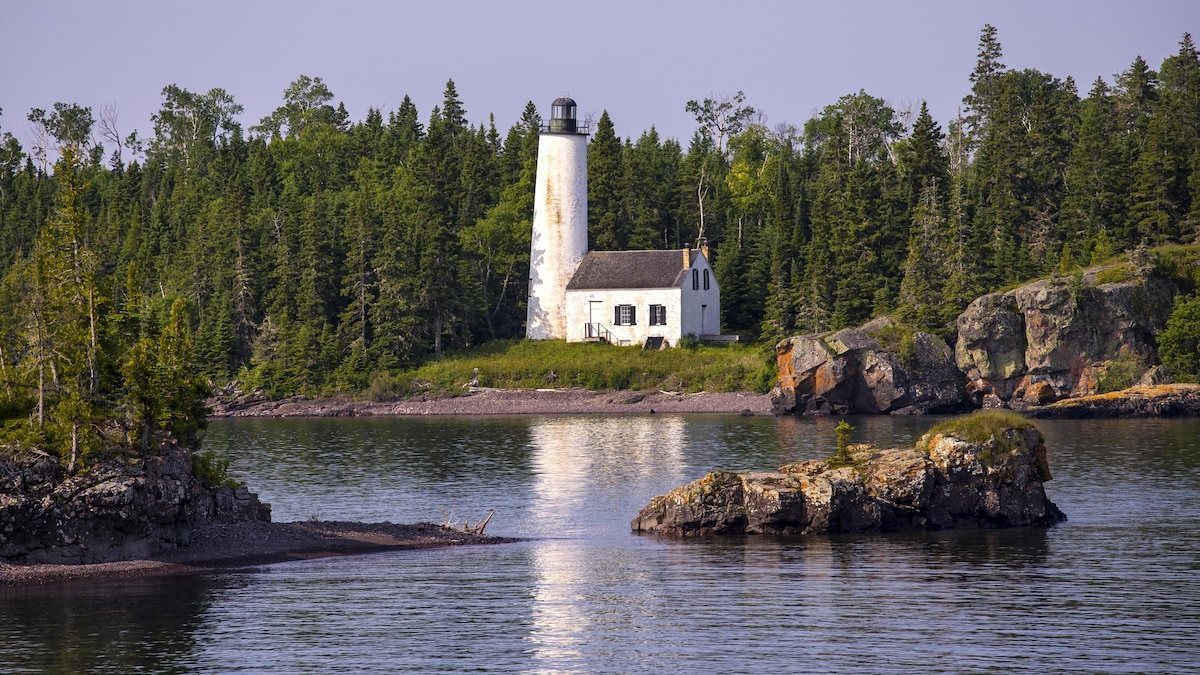Now Reading: Ancient Human Waste Shields Coastal Islands from Erosion
-
01
Ancient Human Waste Shields Coastal Islands from Erosion
Ancient Human Waste Shields Coastal Islands from Erosion

Fast Summary:
- Georgia’s barrier islands span 585 square miles, featuring salt marshes and dense forests intertwined with human ancient influence over millennia.
- Recent research reveals that Indigenous peoples considerably altered the landscape by discarding millions of oyster shells, unintentionally creating deposits that now protect sections of the coast from rising sea levels.
- archaeologists have uncovered considerable shell mounds across a quarter of these islands; one site on Sapelo Island alone contains around 1.6 billion shells spanning 163 acres.
- without these shell-enriched landscapes, areas like Patterson Island would face higher rates of inundation during high tides and storm surges today.
- Calcium-rich shells contributed to thriving ecosystems and fertile soil later utilized by plantation owners in the 18th century for indigo, cotton, and rice farming using enslaved labor.
- Modern initiatives such as Shell to Shore collect discarded oyster shells to restore coastal resilience-a method inspired by the ancient practices highlighted in this study.
Indian Opinion Analysis:
The study challenges conventional notions of “natural” landscapes by showcasing how ancient Indigenous activity shaped ecological resilience along Georgia’s barrier islands. This notion redefines conservation strategies globally-india included-where managing human impacts may align better with lasting development goals than reverting purely to a “pre-human” baseline ecology.
India’s own coasts are highly vulnerable to rising sea levels. Lessons from this research could inform local programs emphasizing customary ecological knowledge integrated into climate adaptation strategies.As a notable example, applying similar enhancements using natural materials like coconut husks or bivalve shells in mangrove belts or coastal zones may help stabilize ecosystems while accommodating modern needs.
Additionally, recognizing human contributions historically can aid policymaking centered around community engagement rather than top-down interventions-a model India increasingly leverages under its climate-resilient agricultural programs.
Image Credits:
!Ossabaw Island Salt Marsh
Photograph by Jacob Holland-Lulewicz
!Pumpkin Hammock Shell Midden
Photograph by Victor Thompson
!Shell Midden Excavations
Photograph by Victor Thompson
























